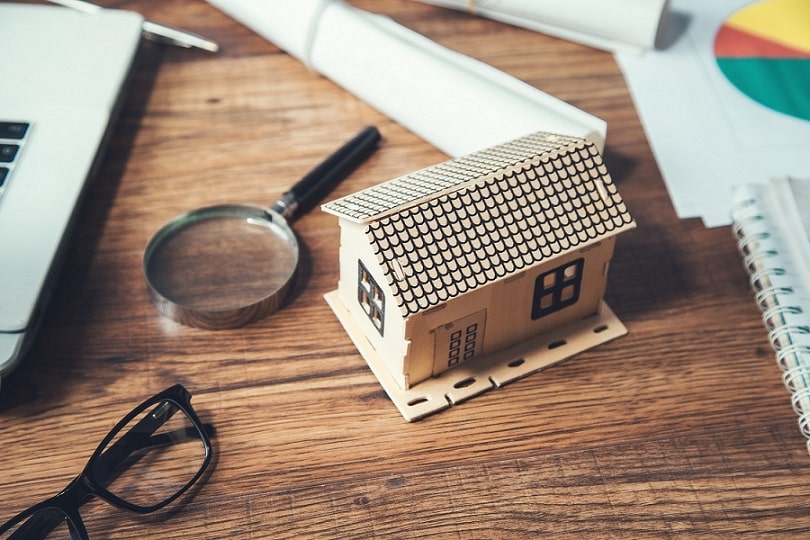
When buying a property, doing your homework is all-important. An initial home inspection is the first step. But where do you start and what should you inspect?
Tick all the right boxes for legal clarity and peace of mind with our must-do checklist for home inspections.
Inspection checklist
Ensuring that the property is sound and habitable from the inside out is essential. Seek professional assistance for areas that you are not fully qualified to judge.
The cost
Depending on the property and location, research agency Canstar estimates the cost of home inspections at between $400-$500 for an average-sized regional home to $800-$1,000 for metropolitan zones.
Start from the ground up
The walls have ears. A thorough inspection of the internal walls for cracks and fine lines can uncover a history of potential damage or erosion. Cracks of more than 0.2mm are usually a cause for concern. Similarly, be wary of the spread of fine lines in internal plastering.
The state of the walls in your property of interest extends to potential water damage. Water stains, mould or corrosion, particularly near wet areas, can be a warning sign that costly and extensive repairs loom.
Shine a light on trouble spots. Bring a torch to inspections to assess ceiling sag. Bowed ceilings are another tell-tale sign that there are defects in the ceiling sheets, which may require alignment over time.
Look inside all cabinets for potential mildew or mould. If you detect the smell of damp, this could indicate that there are water leaks or even rising damp in the property. Similarly, mould found in bathrooms or bedrooms could require the costly services of a professional mould remediator.
Check the rooflines for a straight appearance, free from defects. You should also inspect roof gutters from the roof level. Roof gutters may look fine from the ground, but a thorough inspection at roof level often uncovers rust and erosion. If this is the case, the roof gutters will need to be replaced.
Take a walk around the external perimeter to check that roof downpipes run to stormwater drains, and not on the ground. You should also look for potential flash flooding or water excess points around the downpipes.
Look for drain holes on external perimeter walls. These are usually spaced about 1200mm apart. Drain holes above and below the door and window frames are necessary for water to escape from the cavity walls.
If you are unsure what else to look for or unqualified to carry out a thorough home inspection, consult a professional home inspection company or independent real estate agent for further assistance.



